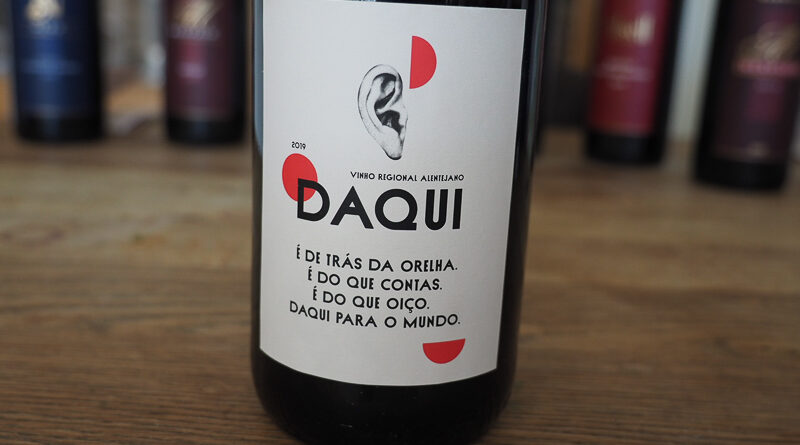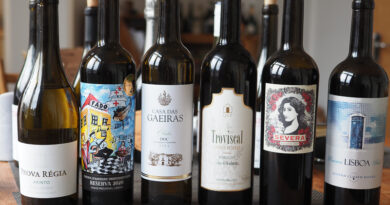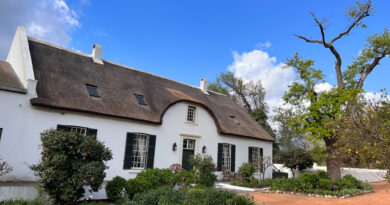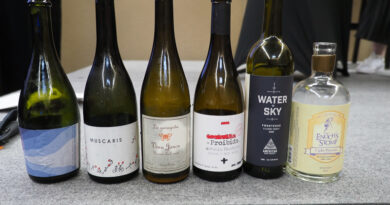Cortes de Cima Daqui 2019: my first taste of this collaboration wine
This is the collaborative wine I was involved with last year. It’s now in bottle and this was my first chance to try it. I spent a few days with Anna Jorgensen of Cortes de Cima during vintage 2019, and was given a choice how to make it. So I took a risk, which is easy when it’s someone else’s grapes.
Aragonez and Trincadeira were foot trodden in bins, enthusiastically, for a couple of hours. Then they were left overnight, before pressing the following day, straight to a talha (a clay amphora that used to be common in the region, and which are making a resurgence). This meant that the extraction was all in the aqueous phase, without any alcohol present. After fermentation it went to tank, and then was bottled a few months later.

It was a gamble. Although the juice was deep in colour, colour is not stable at this stage in a wine’s life. We could have ended up with a rosé. Actually, I’m thrilled with the way this has turned out. It’s bottled in a litre bottle and sealed with a crown cap. And it is NatCool wine! I’m really thrilled by that. It’s a lighter-style red with amazing drinkability. This is Alentejo, but not as you know it.
A video tasting note:
Cortes de Cima Daqui 2019 Alentejo, Portugal
13% alcohol. This is a blend of Trincadeira and Aragonez. The grapes were foot-trodden for a couple of hours in macrobins, then left overnight, then pressed straight to a 19th century Talha (the traditional clay amphorae of the region) for fermentation. The result is a beautifully fragrant, lighter-coloured red with lovely wild strawberry and red cherry fruit character. It has a little crunchy structure with nice acidity, and it is just so supple and drinkable. Very fine and expressive with lovely cherry fruit with nice precision and layers of flavour. I’m really pleased with how this has turned out.
Here’s the link to Daqui on Cortes de Cima’s website, where you can buy the wine
And here’s a report (including a film) of the making of this wine.




